Children happy to read across the country…
For understanding the wide impact libraries had, this story map explores individual primary photographs and stories from librarians across the country.
As seen through the images in the story map, children often utilized the library as a physical place to gather and to read. Librarians had education of children as a goal when creating library space or programs. Community came together in these spaces, even as libraries became mobile to become more accessible to rural areas.
Children experienced joy from reading in different ways…
A group of librarians from Winnetka, IL, through the American Library Association, wanted to research what books children liked to read the best, in order to be more educated on which books to recommend. They created a graded list of the “best” books, based off the responses of over 36,000 children who participated in surveys in their classrooms. The librarians then published a list of 800 of the most popular, and according to their beliefs, “literarily valuable”, children’s books, along with quotes from children on why they enjoyed the book and other literary data, such as what they considered the reading level of the book. The librarians admit to omitting books they considered “definitely trashy” or “unsuitable”, even if they were “widely read”, demonstrating the bias (even if it is informed bias) they exhibited over their recommendations. Other overarching data from the surveys was included with their book list, as seen below.
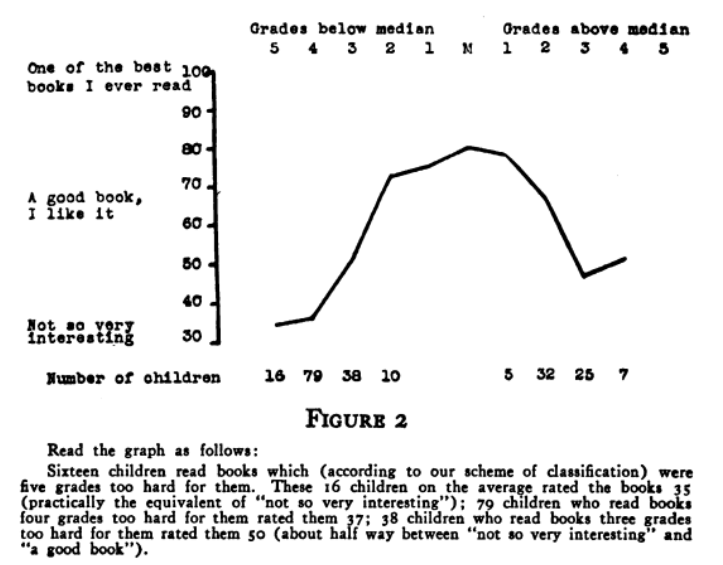
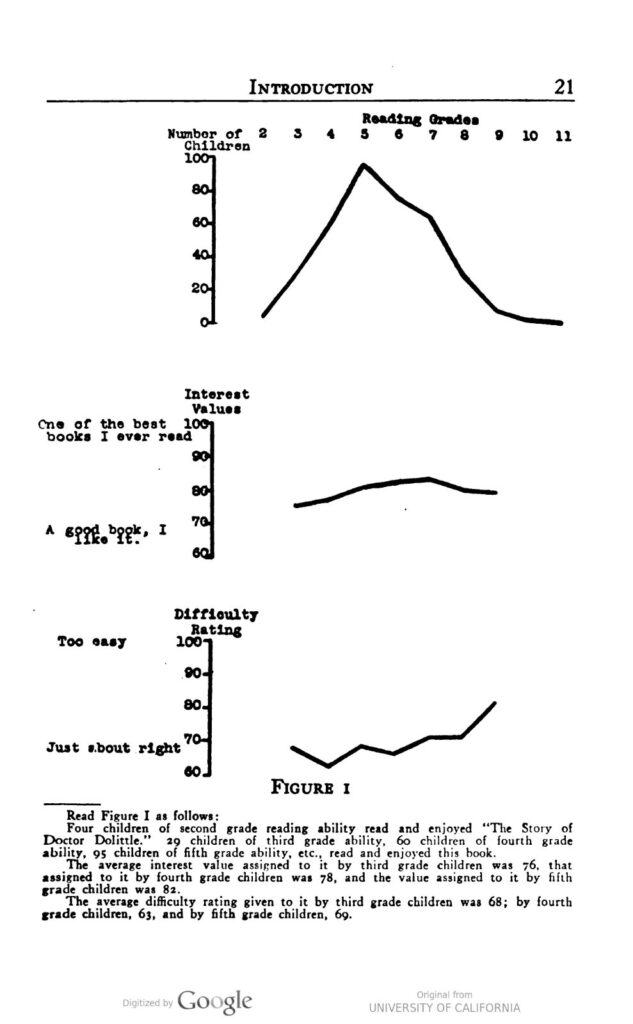
Children favored a wide variety of books, but did not like books that were much too advanced for their reading level. Children were able to articulate what books they enjoyed and why.
Literacy across the country…
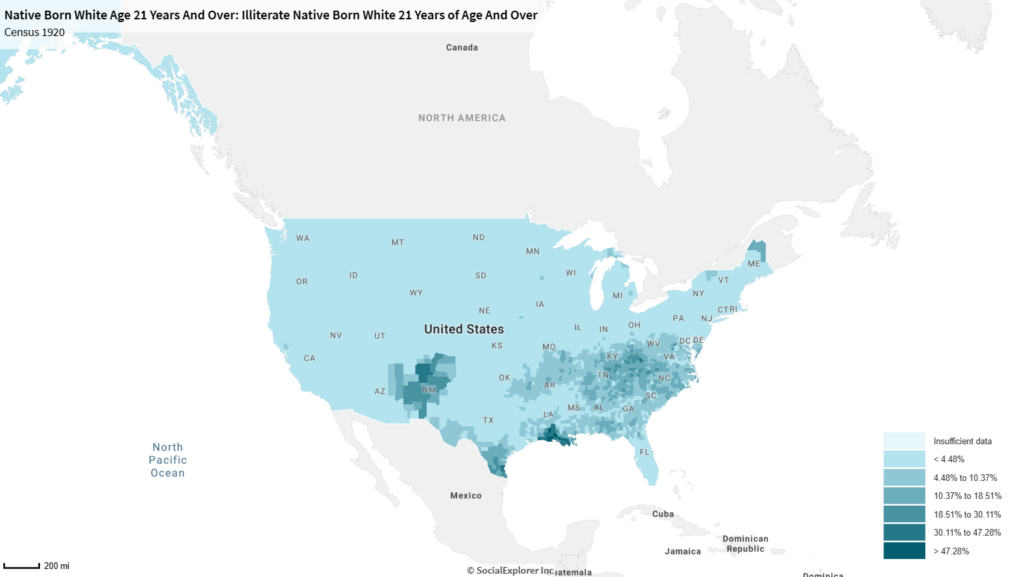
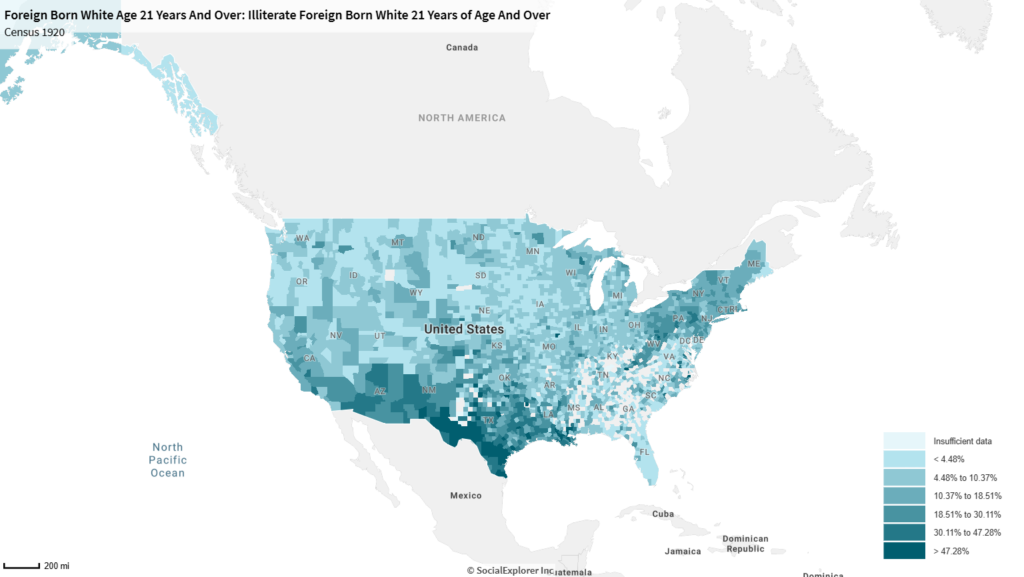
The US Census data from 1920 shows that immigrants had higher illiteracy rates across the country. Libraries were vital resources for them and their children to learn English. Areas such as New York City had higher concentrations of immigrants who were illiterate, despite having lower percentages of natural born illiteracy. For more context on which areas were most affected by illiteracy and where immigrants were most highly concentrated, I’ve provided the two following maps for context.
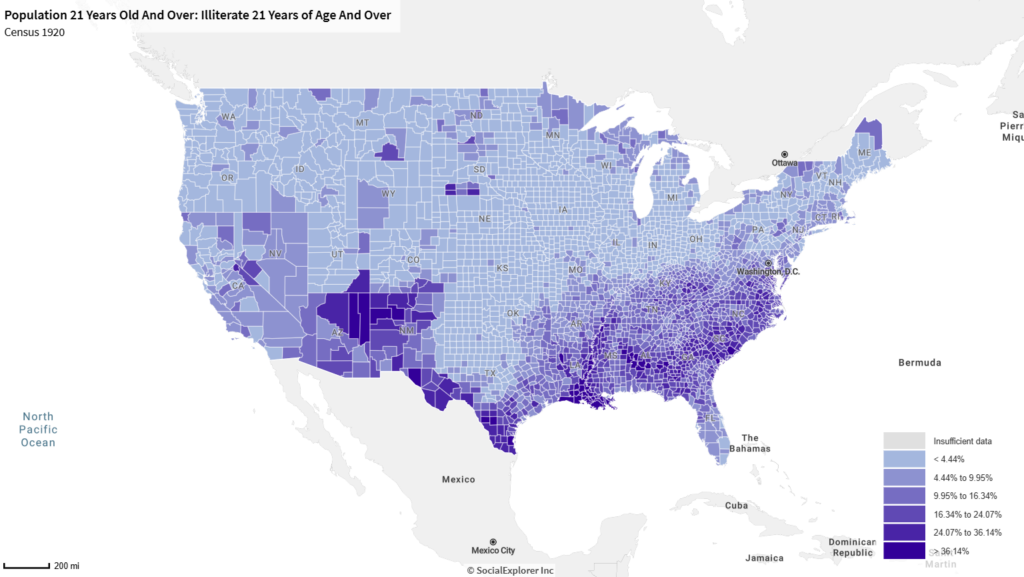
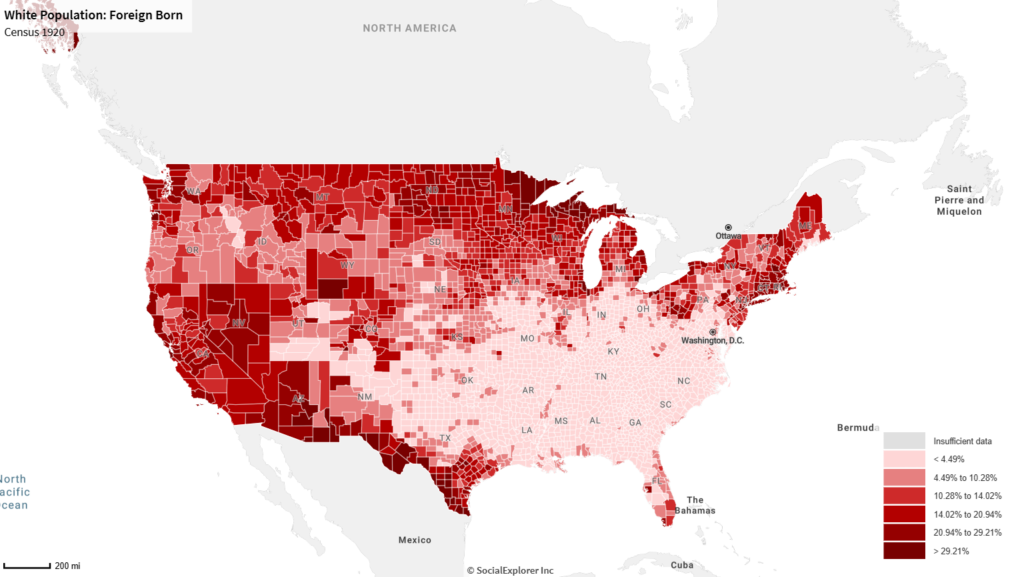
Public use of libraries…
In the 1920s, the American Library Association published the results of a large-scale survey they had sent out to over 3,000 libraries across the US, and answers were received from over 1,200 public libraries. They collected data on library expenditures and usage, noting the cities and size of the libraries (based on number of volumes). In the report, only the highest and lowest few libraries for each statistics were reported, creating some limitations for analyzing the data.
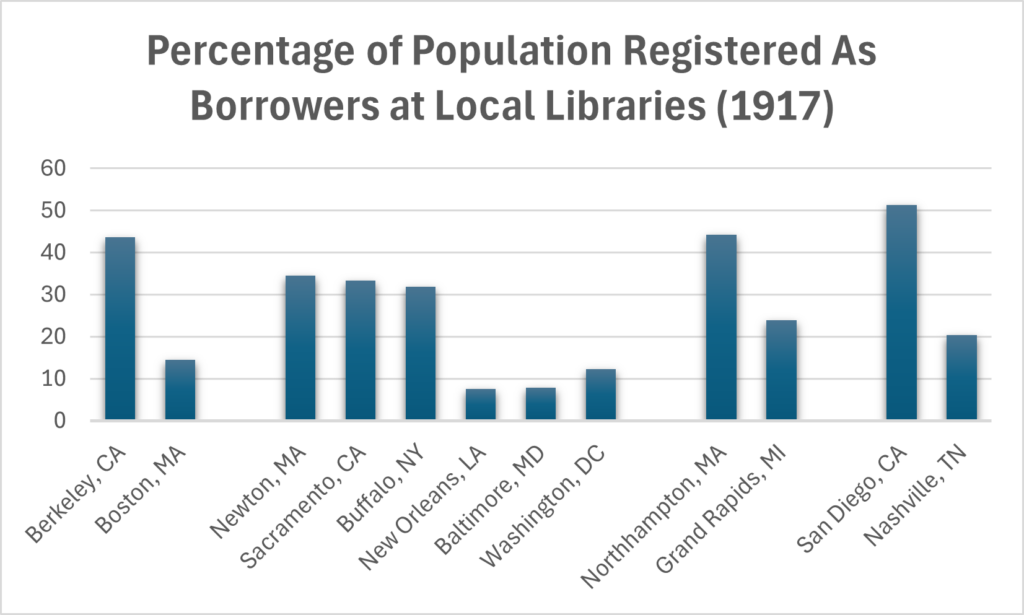
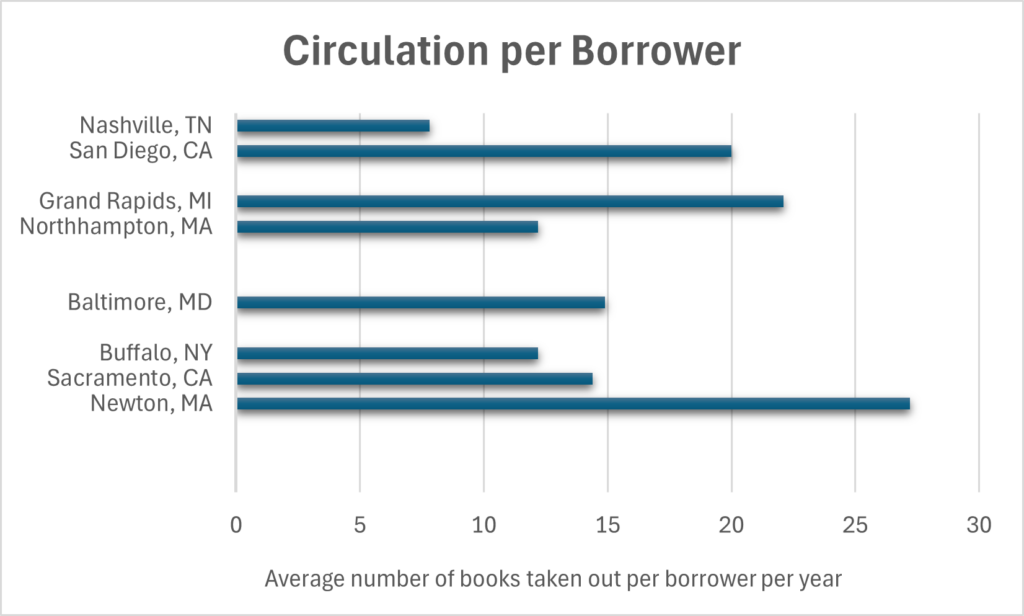
In many cities, over half of the population was registered as borrowers, demonstrating that they were important public spaces. However, many had low percentages, perhaps because of accessibility issues or outdated library systems. For each borrower, average circulation ranged from 8 to 27 books, a substantial amount.